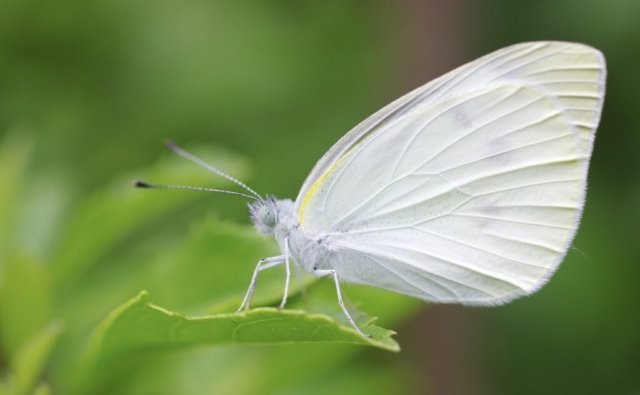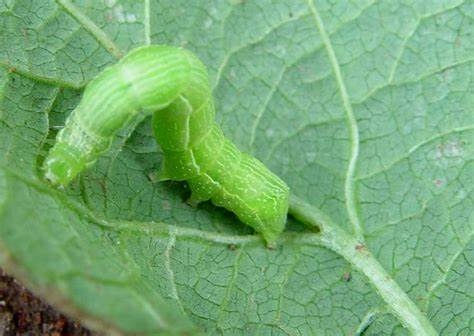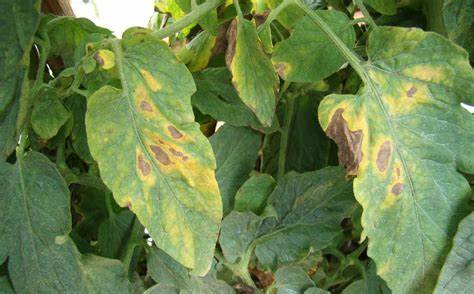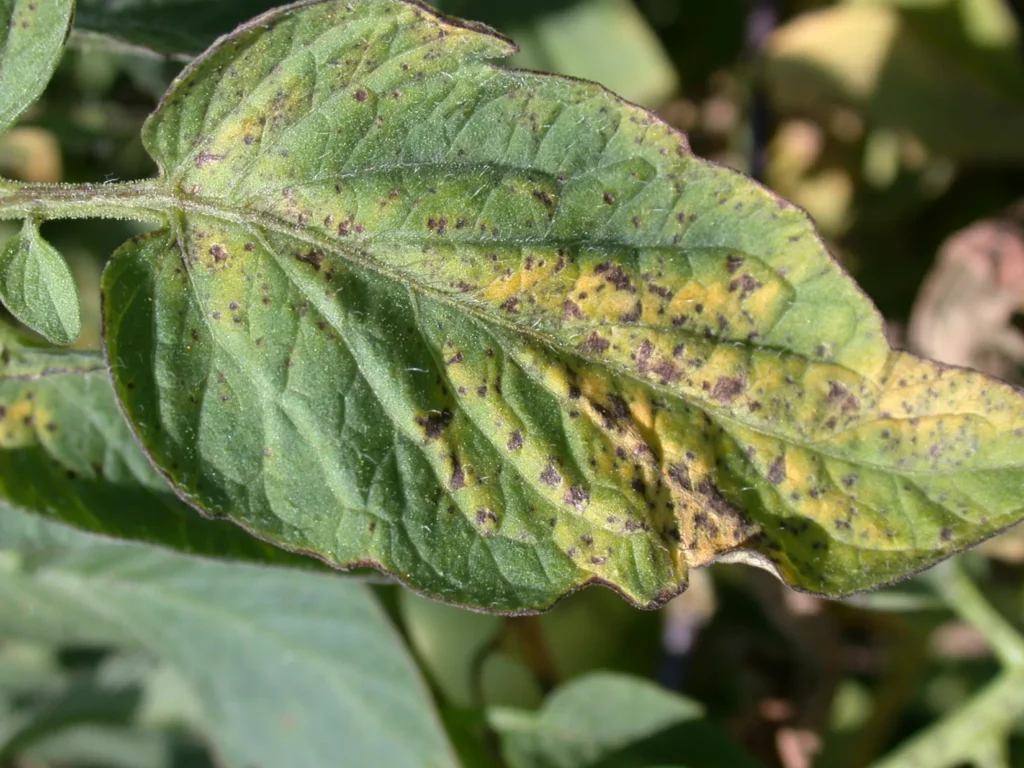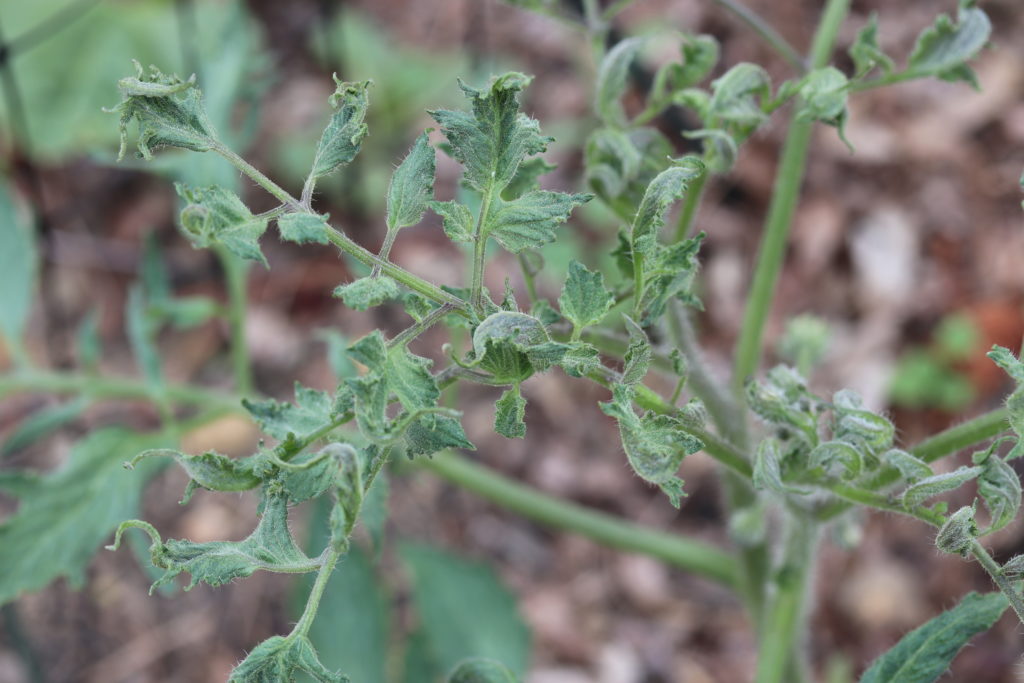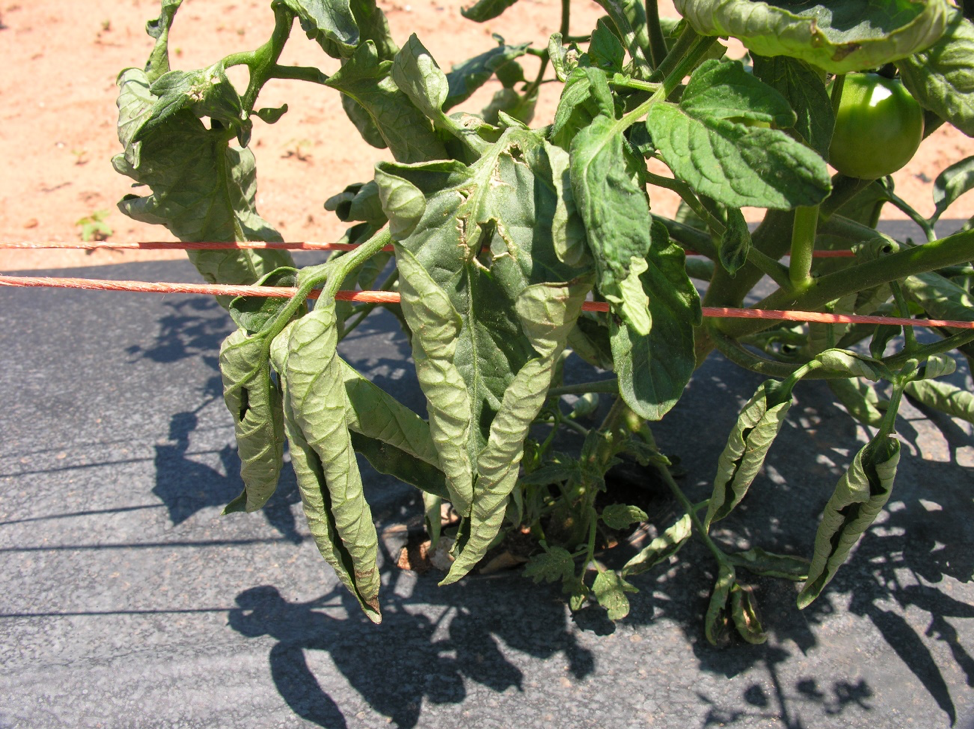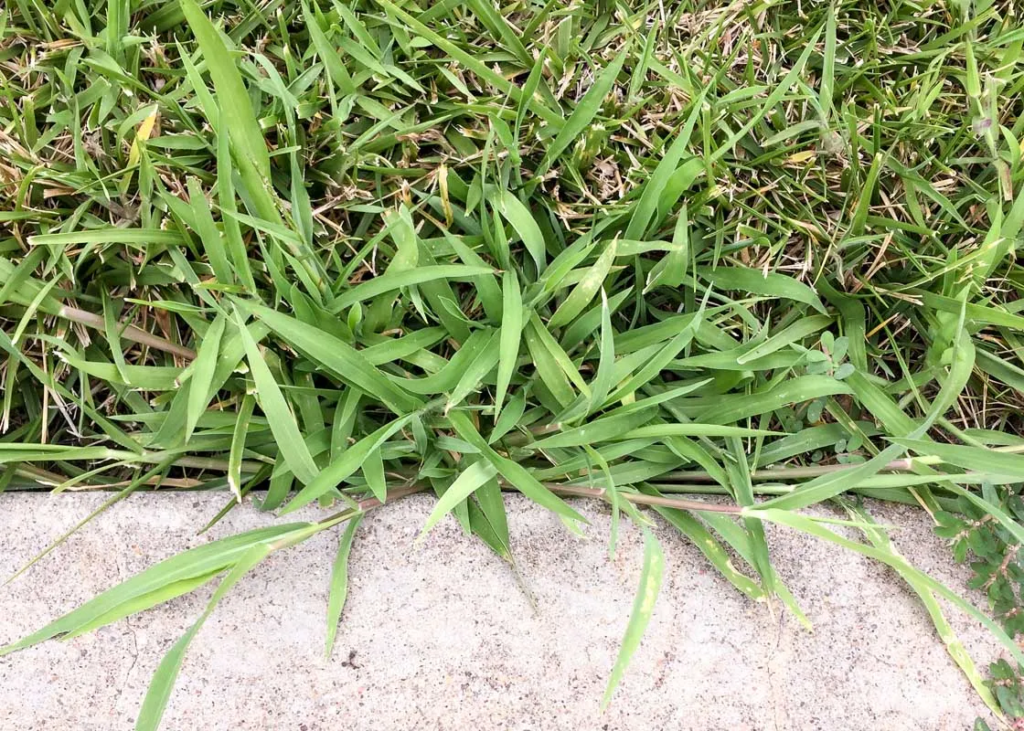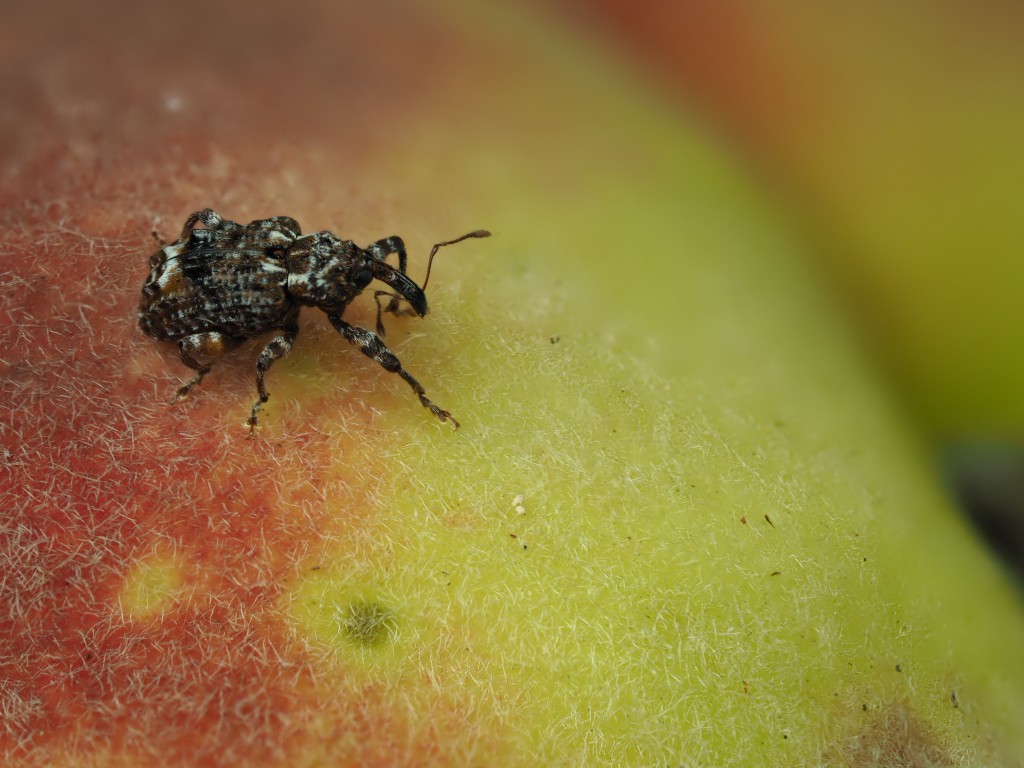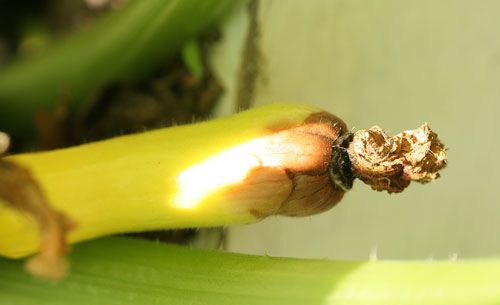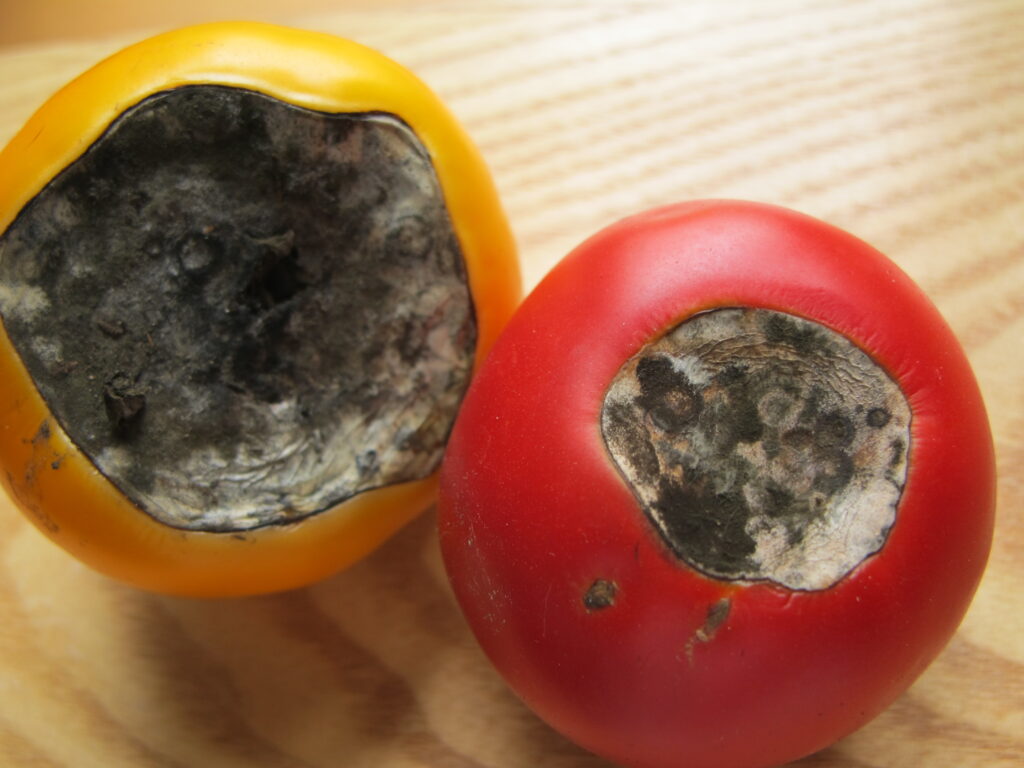Where to look out for this week in the landscape: deadhead your spent flower heads, especially the ones in containers to keep them bushy and flowering. Fertilize every couple of weeks in those containers because of the limited root area. I like to use a water-soluble fertilizer like Miracle-Gro.
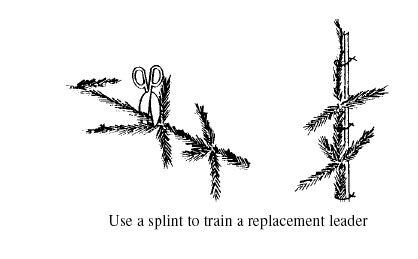
In your pine and spruce trees, you should be seeing new growth (candles) at the tips of the branches. If not, the branch is dead and should be removed. A lot of tops broke out of the trees last winter. Hopefully, there is a branch pointing upward to become the leader. If not, you may have to create a branch going upward by tying a stick or broken broom handle to the branch and trunk. Same way with young broken fruit and shade trees. For large pine or spruce trees, you might just wait to see what happens.
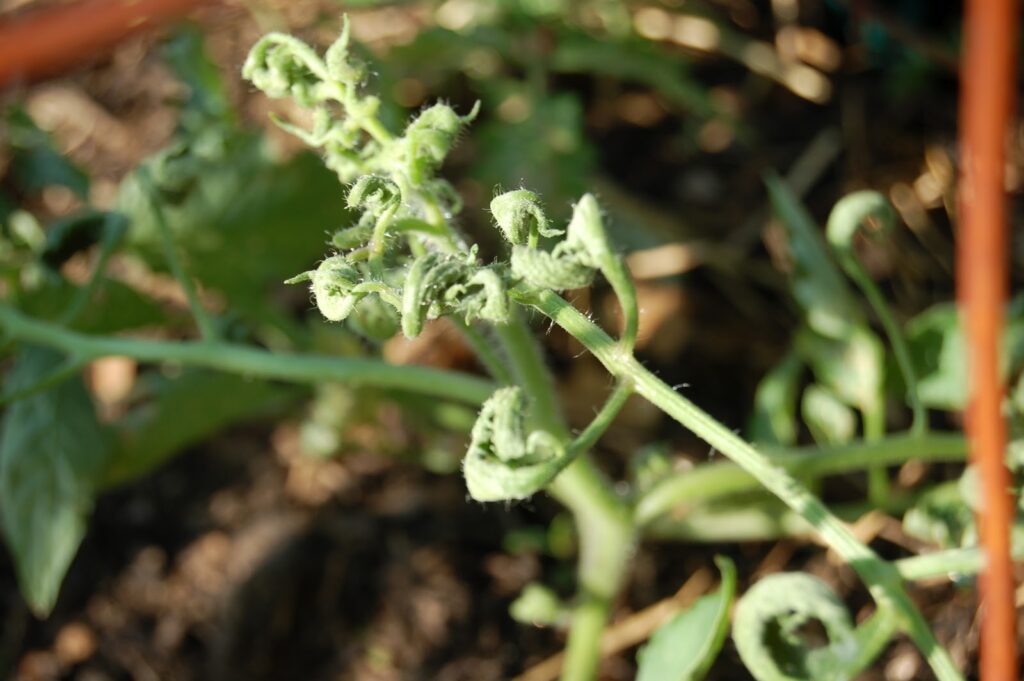
There have been a lot of herbicide injuries showing up in tomatoes, peppers, and eggplants. Do not use grass clipping as mulch until after the 3rd mowing if you used a Weed and Feed product. The plant may grow out of it, however, if the plant just looks too bad for wear, you still have time to replace it with a short-growing variety. Another reason the tomato leaves may curl is aphids which you can see underneath the curled leaf.
Cabbage caterpillars will be showing up soon damaging the Cole crops along with cucumber beetles on vine crops. Use a pyrethrum or Sevin spray when do see the damage.

